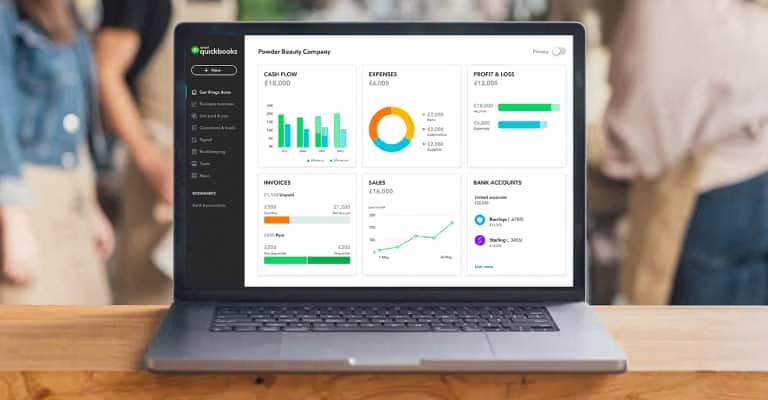Our client, an equipment rental business, wanted to eliminate manually duplicating entries between Quickbooks Online and their FileMaker system. We created a solution that dramatically improved their daily operations.
Until recently, our client relied solely on FileMaker for a wide range of operations, from inventory management to billing. When their accountant introduced QuickBooks Online, they encountered a hurdle. They were faced with the tedious task of manually duplicating and transferring accounts and invoices from FileMaker to QuickBooks, essentially doing the same job twice.
The REST API Offered Flexibility and Customization
With our help, they opted to use the Quickbooks API to connect FileMaker with QuickBooks, a sophisticated method that enables the two systems to communicate in real-time. Invariably, this type of decision is a significant breakthrough for any small business, as it eliminates the burden of manual data transfers which, in turn, reduces the risk of errors and stress.
Using the Quickbooks REST API (QBO API) has worked out well for our client. It offers real-time data synchronization, which ensures immediate updates while maintaining data accuracy. This handy feature surpasses file-based integration methods which are prone to manual steps, and again, reduces the risk of data entry error
The QBO API also provides a modern, widely-supported integration approach with extensive resources, documentation and the added benefit of community support. Compared to third-party integration platforms, it enables direct programmatic interaction, offering flexibility and customization, which can then be tailored to fit a client’s exact requirements.
For all of those reasons, the Quickbooks REST API emerged as the optimal choice, simplifying the integration process and providing ample support for a seamless and efficient integration between FileMaker and QuickBooks.
Meticulous Planning Paid Off
In addition to the acutal process of scripting the QuickBooks Online API integration, there were several other steps we followed:
- Requirements Analysis
- Mapping and Data Transformation
- Integration Development
- Testing and Validation
- Deployment and Training
- Ongoing Support and Maintenance
We began the integration process with a meticulously planned mission. It began with pinpointing which data needed to be synchronized; the mapping of data fields between QuickBooks and FileMaker; and finally the developing of custom code to facilitate communication and data exchange. After testing and validation, the integration was complete and the client’s accountant was trained on the new system. Testing was conducted in both controlled environments and real-world scenarios to ensure performance and functionality.
More optimizations were added after deployment to make the workflow more user-friendly and maintainable. We added a customer matching process to auto-connect the list of customers in QuickBooks, as much as possible, with the list in FileMaker. With several thousand customers, this automation was an integral aspect of maintaining sanity for the accountant.
Our process, from development to an in-use system was about three months, and included about sixty hours of programming and project management.
Challenges and Successes
Naturally, there are challenges along the way. Mapping data between FileMaker and QuickBooks is complex due to differences in structures and naming conventions. Security and authorization can also pose a challenge, as do error handling and data validation. We found that navigating the QuickBooks authentication differences between the production environment and the sandbox required additional planning and development time. But with strategic problem-solving and perseverance, we achieved success.
Outcome
Our results were remarkable and tangible. For starters, the integration led to significant time and cost savings by reducing errors, providing real-time financial insights, and by simply making the day-to-day tasks more efficient. Moreover, it enhanced customer service by providing accurate invoice information in real-time. Plus the solution is scalable, ready to adapt and grow with our client’s business.
- Time and Cost Savings
- Reduced Errors in Accounting Software
- Real-time Financial Visibility
- Enhanced Operational Efficiency
- Improved Customer Service
- Scalability
By connecting FileMaker with QuickBooks, the rental facility streamlined their operations, automated financial processes, and gained real-time visibility into their financial data.
About the Author
Xandon Frogget is a Senior Application Developer at Portage Bay and brings sixteen years of corporate experience to the table. He excels in designing FileMaker solutions and loves helping businesses thrive in the digital landscape.
